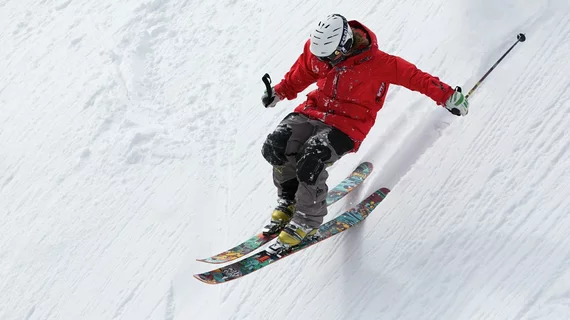Knee injury often misdiagnosed on MRI is common in competitive alpine skiers, other high-level athletes
Many young competitive alpine skiers have bony lesions near their knees that are often thought to be more serious conditions such as cancer. These MRI findings, however, are not dangerous and may be prevalent in a number of high-level athletes.
That’s what a team of Swiss researchers found after comparing knee MRIs of 105 young alpine skiers to an equal amount of control patients. These distal femoral cortical irregularities, as they’re known, affect a thigh bone close to the knee and may resemble a tumor.
But lead author Christoph Stern, MD, a musculoskeletal radiologist at Balgrist University Hospital in Zürich, warns that radiologists should be careful not to misdiagnose such injuries.
“DFCI are benign lesions, and occurrence around the knee joint is associated with repetitive mechanical stress to the attachment sites of tendons into bone,” Stern said in a statement. “DFCI should not be mistaken for malignancy and are not associated with intraarticular damage.”
Looking at MRIs collected between 2014 and 2019, Stern and colleagues spotted a DFCI in 58.1% of competitive skiers. In the control group, only 26.7% demonstrated the irregularity. And such injuries are likely in other athletes who put consistent strain on their gastrocnemius muscles, Stern warned.
“This would apply to basketball and volleyball players,” he added. “It might also apply for weightlifters who are exposed to similar pretension states and eccentric loading of the gastrocnemius muscles as skiers during exercise.”
According to the research team, invasive procedures such as biopsies should be avoided in patients with DFCI, where possible. Follow-up MRI may be useful, however, in rare cases where the injury causes pain and other symptoms, the group concluded.
Read the full study published June 16 in Radiology.

